How To Create A Personal Ad Account On Facebook
On average, Facebook is home to 3 billion users -- from CEOs to students to consumers. And while the community is clearly there, connecting with them from a marketing standpoint isn't always easy. For brands, posting on Facebook alone isn't enough anymore -- especially for ones just starting out. Sure, you can throw money at your efforts to drive people to your Facebook Page and send them to your website, but that only works if you're smart about it. One way to do just that is to create optimized Facebook Ads targeted at the right audience. Optimized ads can help you spend your PPC budget wisely and see a positive return on your investment. Generally, yes. After all, Facebook has the best targeting ability of any ad platform, which means that if your audience is on Facebook, there is a way to find them. However, keep in mind that the success of a Facebook ad comes down to strategy: how compelling the offer is, how appealing and "grabby" the imagery is, how effective the copy is, and how well the targeting was implemented. So, what does optimized Facebook advertising actually look like? If you're looking for best practices for a successful ad along with examples for inspiration, you're in the right place. Facebook advertising is an excellent tactic to use in your marketing strategy, but it isn't as simple as paying Facebook and expecting customers and revenue in return. Instead, you must craft a clear ad strategy, knowing exactly how each ad functions in support of your marketing goals. By doing this, you'll be better able to measure success by tracking the metrics that matter, and you'll even be able to craft better ads by choosing the most effective Facebook ads setup, including which Facebook ads objective to use. Visual content is not only treated more favorably in the Facebook algorithm, but it's also more likely to be shared and remembered than written content. The lesson for Facebook marketers? No matter what type of ad you create, your image needs to be visually appealing. If you're running a Facebook ad with a photo, ensure that the textual elements cover less than 20% of the image. Otherwise, your ad will fail to perform. Consider using a text overlay tool to check the ratio before setting your ads live. Relevance is critical for success when using Facebook advertising. Remember, you are spending money when someone views or clicks on your ad (depending on the settings you use). If you're showing ads that aren't relevant to your target audience, you're wasting your time and money and will likely not see success with any kind of advertising. Back in February 2015, Facebook launched a feature in the Facebook advertising platform that rates your ads and gives you a relevance score, similar to Ad Rank in Google Ads. The more relevant your ad image, ad copy, and destination page is to your audience, the higher your score is -- and the more favorably Facebook will treat your ads. A value proposition tells the reader why they should click on your ad to learn more about your product. How is your product or service different from any other? Why should the viewer click on your ad to see your website? Your value proposition should be believable. For example, saying you have the greatest sandwiches in the world will not make people come to your business's Page, but maybe offering 20% off will. Or, perhaps adding social proof will help -- something like, "Sandwiches loved by over one million people every year! Come try yours today and get 20% off your order with this coupon." A beautiful and relevant ad is great, but without a call-to-action (CTA), your viewer might not know what to do next. Add a CTA like "Buy now and save X%," or "Offer ends soon" and add a sense of urgency to your viewer. Your CTA should encourage people to click on your ad now. Source: Facebook This type of ad is the most traditional on Facebook, it appears on the right side of a user's Facebook News Feed. This is the first type of advertising Facebook had, and it still exists today. Although ads in the News Feed are likely to get higher engagement metrics due to its native advertising features, right column ads shouldn't be forgotten. We often see less expensive clicks and conversions when using these ads. In order for a right column ad to be successful, it needs to be relevant, have a value proposition, a good visual, and have a call-to-action. Let's look at an example below from Winc (formerly known as Club W): Source: Facebook This type of ad appears directly in a user's News Feed when they access Facebook on a desktop computer, and it looks more like native advertising. In our experience, these ads have a higher engagement rate than right column ads, but they can also be more expensive. These ads must follow organic Facebook posts best practices and be both engaging and visual. This is how an ad from Amazon looks in the News Feed on a desktop: Source: Facebook Like the desktop News Feed ad, this type of ad appears in the user's mobile News Feed and displays like an organic posts from people and Pages that they follow. This is what a mobile News Feed ad for The New York Times looks like: Now that we've covered the three main ad formats, let's dig into a sampling of the wide variety of post types you can use. Video ads appear fairly large in the user's New Feed and offer more engaging content than static posts. And with billions of videos being watched on Facebook every day, it serves as an interesting -- and potentially profitable -- ad type for marketers to try out. Need some inspiration? Check out this example from Key Jewlers below: How can you create your own video ad? First, understand Facebook video ad requirements including length and video size. We suggest keeping your video as short as possible, even though Facebook allows you to upload a much larger video. Another type of rich media advertising on Facebook is a post of an image. This is one of the most popular types of ads ever since Facebook began favoring visual content. The optimal size for News Feed photo ads is 1200x628 pixels, otherwise your image will get cropped. Adjust your image based on the target audience's needs and by what will appeal to them the most. Here's an example of a photo ad from NatureBox: One of the most common ad objectives is driving traffic to an external (off-Facebook) website. You can do that using a link click ad. By including a call to action button on the ad, you'll be able to generate link clicks to a destination that you specify, often a landing page on your website. Paired with a compelling offer and interesting imagery, you can get lower cost per click (CPC) than other types of advertising along with a great click-through rate. Here's an example of a link click ad from Fragrant Jewels: Multi-product ads allow advertisers to showcase multiple products within one ad. Viewers can scroll through the images and click on individual links to each product. You can promote multiple of anything, not just products -- like different blog posts, ebooks, or webinars. Here's an example of a multi-product ad from Shutterfly, along with the additional images that are used in the ad. Each image has a different offer, to appeal to many different demographics in one ad. Local ads on Facebook only work if your business has a physical location that you are trying to drive real foot traffic to. If you fall into this category, then locally targeted Facebook ads may be a great fit for you, as you can hyper-target on Facebook down to the mile. If your business has an offer or event going on at your store, set up a few Facebook ads that appear only to people within a short distance of your store. Have these ads appear a few days prior to the event and on mobile devices while the event is happening. You may want to reach some people the day of the event who happen to be in the area and checking their Facebook account on their smartphones. Take this ad for example from Mizzou Campus Dining: An offer ad is a newer form of Facebook advertising where a business can promote a discount on a product or service that can be redeemed on Facebook. The benefit of this? It eliminates one step in the buyer's journey, which ultimately increases sales. The offer ad has many benefits. First, it drives the user directly to the offer. The user claims it directly on Facebook, removing any added friction of needing to to go to your website for the offer. You also can reach any type of audience that you want, as all the Facebook targeting options are possible. Finally, you can include all the information needed for the user to decide if they want it or not, including the time period it is usable, the number of people who has already claimed it, and the exact amount the offer is. This will eliminate any unqualified clicks, which cost you money. Here's an example of an offer ad Boston Sports Club: Event ads promote a specific event. The CTA on these ads usually send users directly to the ticket purchase page, wherever that happens to be hosted. Using this type of ad will help drive a targeted group of people to attend your event. These will show up in the News Feed of the specific audience you've chosen. Events are a big part of most businesses, but getting people to attend even a small event, can be tricky. Promoting your event to a targeted specific audience on Facebook can help drive the right kind of attendees. A good ad in this format will clearly show the benefit of attending the event: The price, dates, and a clear CTA to purchase a ticket. The events ad below for the Tortuga Music Festival displays the date and time and the bands playing: A retargeting ad promotes an ad to a specific list of previously identified people. Have you ever seen ads follow you across the internet after visiting a certain website? Then you've seen a retargeting ad. Facebook has the same capability. An advertiser can advertise to a list of leads or customers by uploading a list of email addresses it already has to make a custom audience. A good retargeting ad acknowledges that the brand knows you're already interested in its product. (Because, let's face it ... retargeting can be a little creepy.) Last week, I started shopping around for a bridesmaid dress for an upcoming wedding. Today, this ad appeared in my News Feed: Speaking of retargeting ads that seem to "follow you around," dynamic product ads do this at another level. Have you ever visited a product page and then thought, "Well, now's not the right time?" and then left? Fact of the matter is that we're not going to win every buyer on their first impression with us, so the key is to stay top of mind until they time is actually right. Dynamic product ads are a form of the multi-product ad... with a twist: The ad will auto-populate items based on the audience's past interactions with your website. This may include things they left in the cart or even items of a similar type. For example, here's an ad from Etsy advertising products based on my browsing preferences: A boosted post is an organic Facebook post that was originally on the homepage of a company's Facebook, and that later was boosted with advertising money. This is different from the above ads because it's not created in the Facebook Ads Manager. You can include more in the description, as there is no limit to word count on boosted posts like there is in ads. You can also have a link in the copy. The cons? Boosted posts leave you fewer options for bidding, targeting, and pricing. You also cannot run any types of A/B tests because you're promoting a post that's already been creating, not creating one from scratch. Here's an example of a boosted post from Bustle, who promoted one of its articles on Facebook: There you have it: A list of all the different types of Facebook posts and a few examples of awesome ones from all different brands. The Facebook Ads Manager platform will walk you through how to set these up with simple, step-by-step instructions -- so don't feel overwhelmed. Editor's Note: This post was originally published in June 2012 and has been updated for freshness, accuracy, and comprehensiveness. Do Facebook Ads work?

Components of Successful Facebook Ads
1. It has a clear objective.
2. It's visual.
3. It's not text-heavy.
4. It's relevant.
5. It includes an enticing value proposition.
6. It has a clear call-to-action.
The 3 Primary Formats for Facebook Ads (With Examples)
Format 1: The Right Column Ad
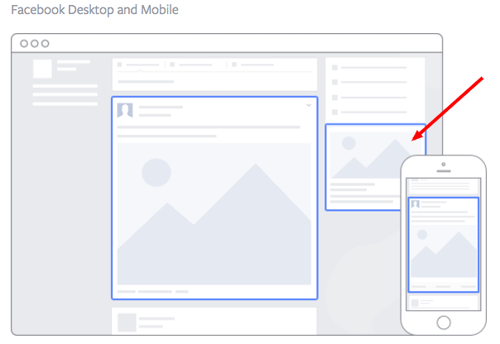
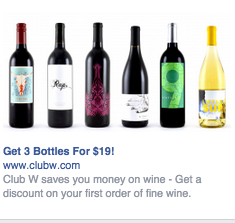
Here's what makes this ad great:
Format 2: The Desktop News Feed Ad
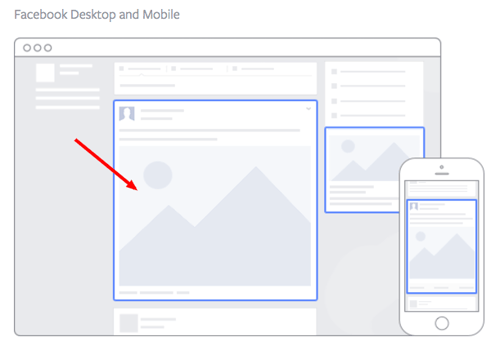

Here's what makes this ad great:
Format 3: The Mobile News Feed Ad

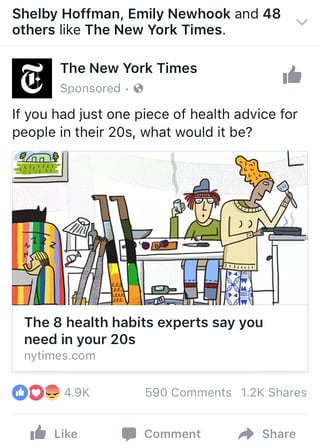
Here's what makes this ad great:
Types of Facebook Advertising & Some of the Best Facebook Ad Examples
1. The Facebook Video Ad
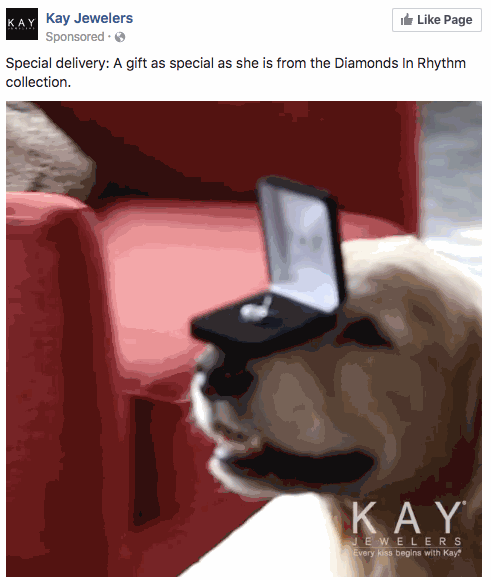
Why this works:
2. The Photo Ad

Why this works:
3. The Link Click Ad
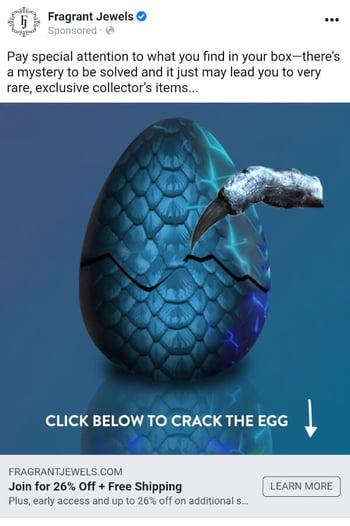
Why this works:
4. The Multi-Product Ad
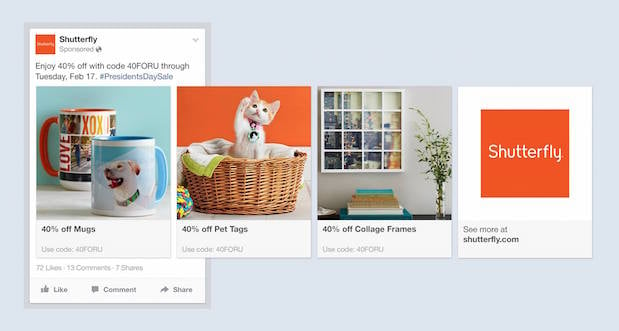
Why this works:
5. The Local Ad

Why this works:
6. The Offer Ad
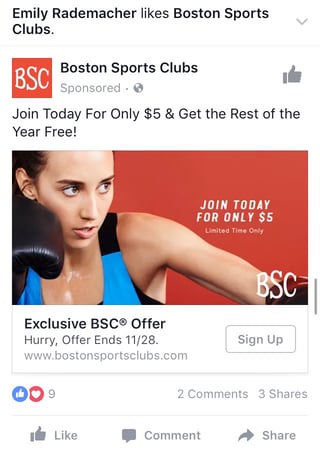
Why this works:
7. The Event Ad

Why this works:
8. The Retargeting Ad
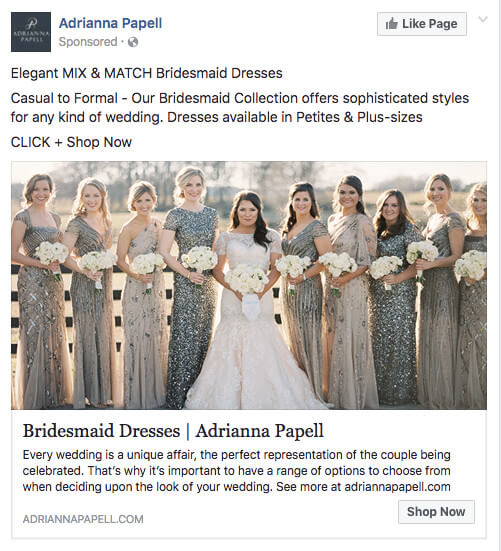
Why this works:
9. The Dynamic Product Ad
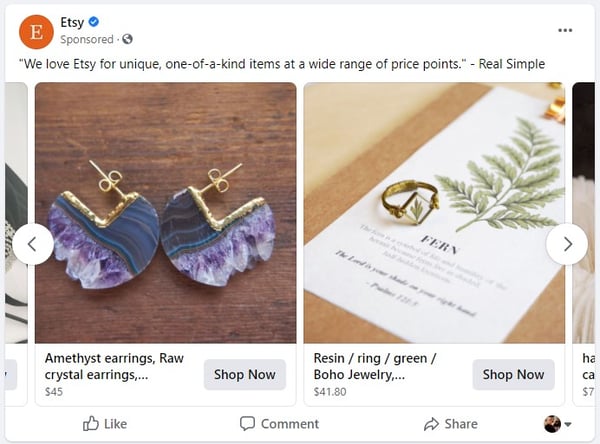
Why this works:
10. The Boosted Post
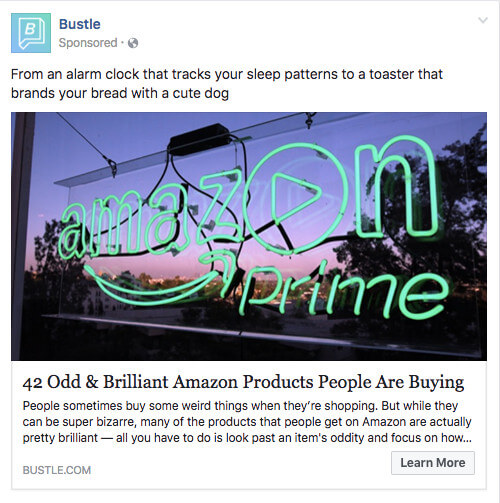
Why this works:
Getting Started
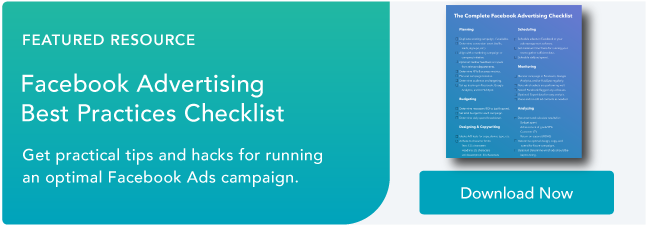
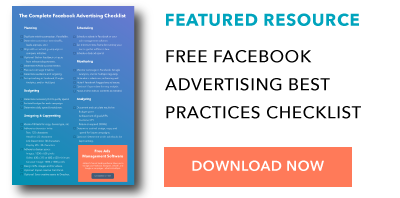
Originally published Oct 12, 2020 2:00:00 PM, updated June 11 2021
How To Create A Personal Ad Account On Facebook
Source: https://blog.hubspot.com/marketing/blog/tabid/6307/bid/33319/10-examples-of-facebook-ads-that-actually-work-and-why.aspx-0
Posted by: hubbardwhationam.blogspot.com

0 Response to "How To Create A Personal Ad Account On Facebook"
Post a Comment